Getting Started
-
Instal plugin
Terminal window npm i @capgo/capacitor-payTerminal window pnpm add @capgo/capacitor-payTerminal window yarn add @capgo/capacitor-payTerminal window bun add @capgo/capacitor-pay -
Sinkronisasi proyek native
Terminal window npx cap syncTerminal window pnpm cap syncTerminal window yarn cap syncTerminal window bunx cap sync
Prasyarat Native
Section titled “Prasyarat Native”-
Apple Pay (iOS)
- Buat Apple Pay merchant ID di portal Apple Developer.
- Buat dan unggah sertifikat pemrosesan pembayaran yang diperlukan oleh gateway Anda.
- Aktifkan kemampuan Apple Pay di Xcode dan pastikan profil provisioning Anda menyertakannya.
- Perbarui
Info.plistdengan deskripsi penggunaan jika gateway Anda memerlukan akses jaringan untuk memvalidasi pembayaran.
-
Google Pay (Android)
- Masuk ke Google Pay Business Console.
- Konfigurasikan parameter gateway pembayaran Anda atau atur tokenisasi langsung untuk pengujian.
- Jika Anda berencana menggunakan kartu produksi, alihkan
environmentkePRODUCTIONdan daftarkan kartu uji untuk QA. - Konfirmasi bahwa layanan Google Play tersedia di perangkat (diperlukan oleh Google Pay).
Lihat panduan di bawah docs/ di repositori plugin untuk screenshot langkah demi langkah.
Periksa ketersediaan
Section titled “Periksa ketersediaan”import { Pay } from '@capgo/capacitor-pay';
const availability = await Pay.isPayAvailable({ apple: { supportedNetworks: ['visa', 'masterCard', 'amex'] }, google: { isReadyToPayRequest: { allowedPaymentMethods: [ { type: 'CARD', parameters: { allowedAuthMethods: ['PAN_ONLY', 'CRYPTOGRAM_3DS'], allowedCardNetworks: ['VISA', 'MASTERCARD'], }, }, ], }, },});
if (!availability.available) { console.warn('Native pay unavailable:', availability);}Minta pembayaran (Apple Pay)
Section titled “Minta pembayaran (Apple Pay)”const appleResult = await Pay.requestPayment({ apple: { merchantIdentifier: 'merchant.com.example.app', countryCode: 'US', currencyCode: 'USD', supportedNetworks: ['visa', 'masterCard'], paymentSummaryItems: [ { label: 'Starter Plan', amount: '9.99' }, { label: 'Capgo Store', amount: '9.99' }, ], requiredShippingContactFields: ['name', 'emailAddress'], },});
const token = appleResult.apple?.paymentData;Minta pembayaran (Google Pay)
Section titled “Minta pembayaran (Google Pay)”const googleResult = await Pay.requestPayment({ google: { environment: 'test', paymentDataRequest: { apiVersion: 2, apiVersionMinor: 0, allowedPaymentMethods: [ { type: 'CARD', parameters: { allowedAuthMethods: ['PAN_ONLY', 'CRYPTOGRAM_3DS'], allowedCardNetworks: ['VISA', 'MASTERCARD'], billingAddressRequired: true, billingAddressParameters: { format: 'FULL' }, }, tokenizationSpecification: { type: 'PAYMENT_GATEWAY', parameters: { gateway: 'example', gatewayMerchantId: 'exampleMerchantId', }, }, }, ], merchantInfo: { merchantName: 'Capgo Store', }, transactionInfo: { totalPriceStatus: 'FINAL', totalPrice: '9.99', currencyCode: 'USD', countryCode: 'US', }, }, },});
const paymentData = googleResult.google?.paymentData;Menangani respons
Section titled “Menangani respons”- Tokenisasi payload yang dikembalikan dengan pemroses pembayaran Anda dan konfirmasi transaksi di sisi server.
- Tampilkan jalur cadangan (entri kartu, faktur) jika pembayaran native tidak tersedia atau pengguna membatalkan sheet.
- Cache hasil ketersediaan sehingga Anda tidak menampilkan tombol di perangkat yang tidak didukung.
